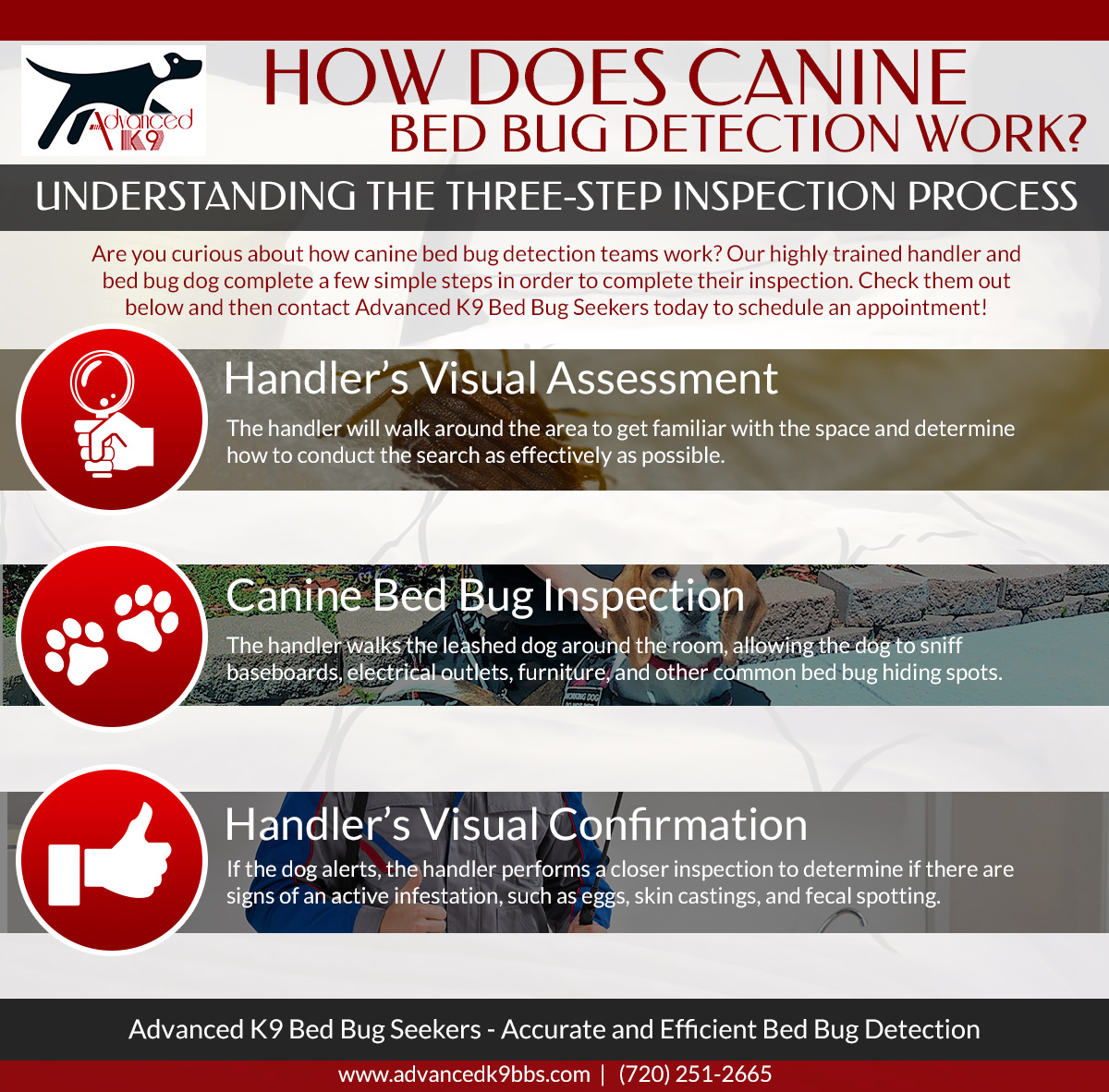Bed Bug Services Fundamentals Explained
Table of ContentsLittle Known Questions About Bed Bug Services.8 Simple Techniques For Bed Bug ServicesThe Ultimate Guide To Bed Bug ServicesGetting The Bed Bug Services To Work
A professional bed bug inspection is far more detailed than a casual glance and requires specialized knowledge. Bed bugs are difficult-to-detect, fast-moving pests that seek cracks, crevices, and furniture seams. Because of their hidden habits, meticulous assessment is critical to identify the full scope of the problem. Professional inspectors employ a range of techniques, tools, and expertise to locate pests effectively, stopping infestations from worsening.The first step in any professional inspection involves familiarizing oneself with the biology of bed bugs. Bed bugs belong to the Hemiptera group and undergo a life cycle that includes eggs, nymph stages, and adulthood. Adults are around five millimeters long, flat, reddish-brown, and wingless with slender legs and antennae. Their segmented proboscis allows them to pierce the skin and feed on blood, producing skin irritation and visible marks. Knowing these traits guides professionals in locating infestations.
Early detection is critical for preventing large infestations. Professionals search for telltale signs such as fresh droppings that resemble small ink dots, old stains, shed skins, eggs, or eggshells (Bed Bug Services). A single female can lay hundreds of eggs, leading to rapid infestations if unchecked. Evidence of shed exoskeletons or leftover eggs shows that the infestation is current and necessitates immediate attention
Preparing for an inspection demands meticulous preparation. Inspectors often suggest tidying up spaces to allow full access, which makes it easier to inspect furniture and wall edges. Bedding and linens may be treated with heat before inspection, and then stored in sealed bags to prevent re-infestation. Wall decor, mirrors, and pictures may need to be removed to inspect behind frames. Vacuuming furniture and floors helps clean up stray insects, and vacuum bags should be discarded carefully to avoid spreading.
A Biased View of Bed Bug Services
The inspection itself is comprehensive and careful. Inspectors start with beds and adjacent furniture, looking closely at creases, joints, and folds. Upholstered furniture, including sofas and recliners, is scrutinized to reveal any hidden pests. Baseboards, moldings, the edges of wall-to-wall carpeting, electrical outlets, closets, and storage areas are methodically checked, as these can be frequent hiding places.
Specialized tools enhance detection accuracy. Flashlights, magnifying lenses, multi-tools, and mirrors provide visibility in crevices and corners. Monitoring devices like interceptor traps or sticky pads aid in identifying infestation trends. Some companies use detection dogs, which accurately identify active infestations, distinguishing them from old evidence.

Meticulous documentation is a key component. Inspectors maintain detailed notes of findings, areas affected, and next steps. This ensures accountability and facilitates discussion with residents. Residents are often asked to avoid disturbing potential infestation signs, as this prevents loss of critical information.
After more helpful hints inspection, a monitoring plan may be put in place to verify infestations and observe trends. Continuous monitoring identifies surviving insects after treatment, and interviews with household members provides additional insight. Cooperation from residents enhances detection.
Bed Bug Services - The Facts

Professional inspections are more reliable than self-inspections. Trained inspectors spot subtle signs overlooked by untrained eyes, prevent misdiagnosis, and provide certainty.
Bed bug inspections are particularly important in hotels, dormitories, multi-unit apartments, and senior living facilities. Inspectors examine adjacent units, common areas, and shared furniture to confirm complete assessment (Bed Bug Services). This prevents escalation and reduces treatment costs
In summary, a professional bed bug inspection requires knowledge of bed bugs, property preparation, careful examination, tool utilization, record-keeping, and follow-up monitoring. Each step contributes to accurate detection, effective treatment planning, and long-term prevention.
The 8-Minute Rule for Bed Bug Services
